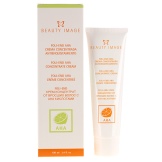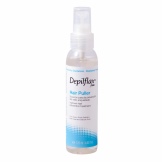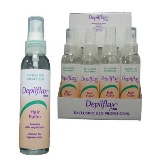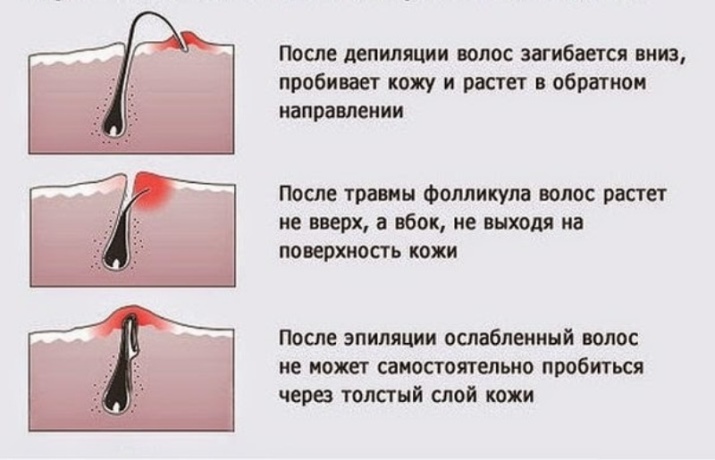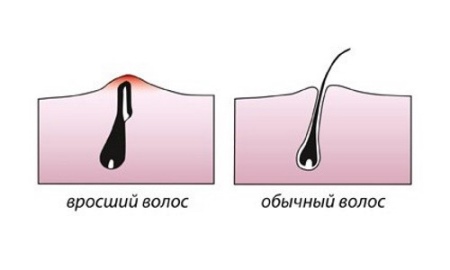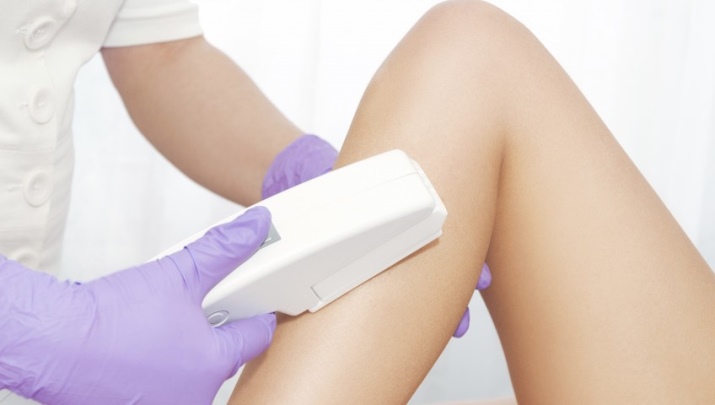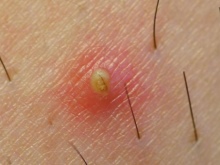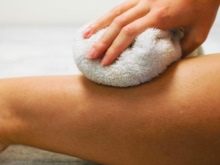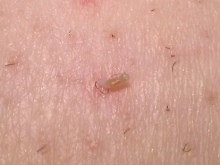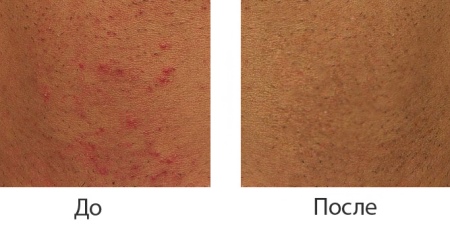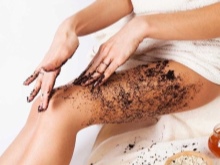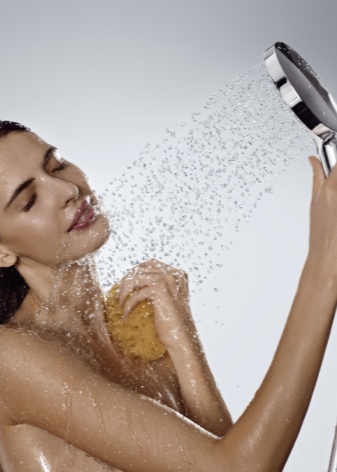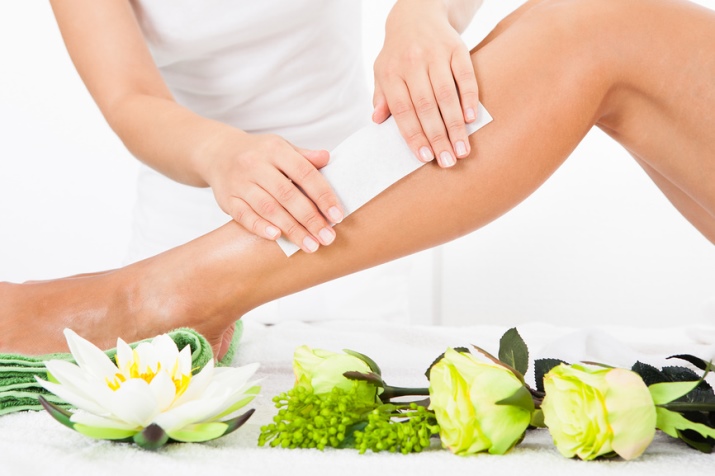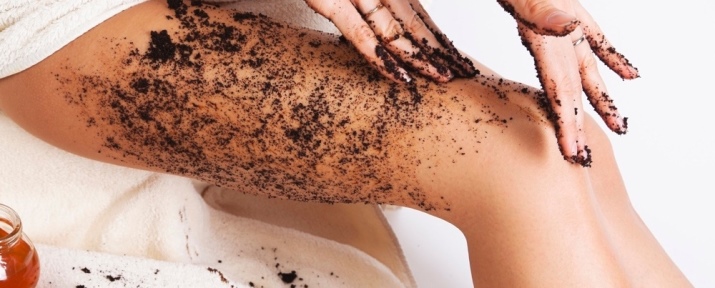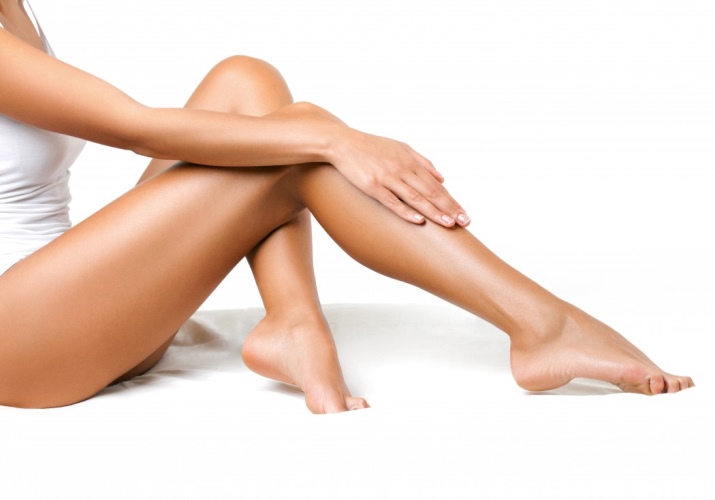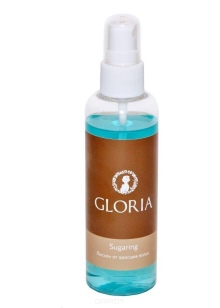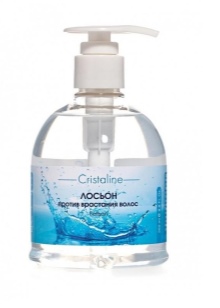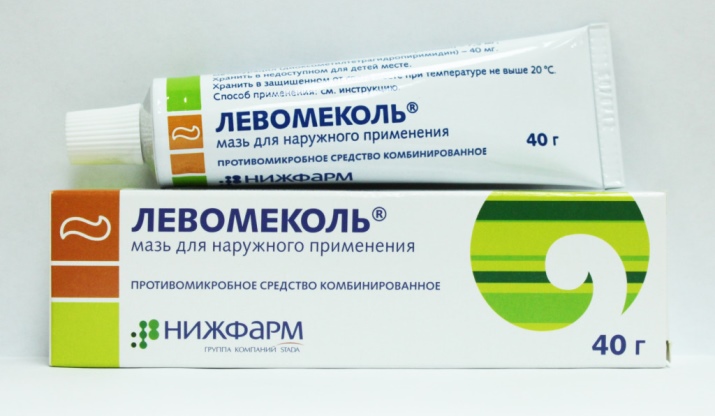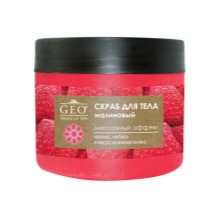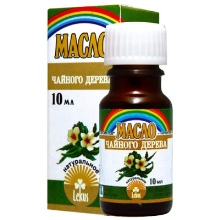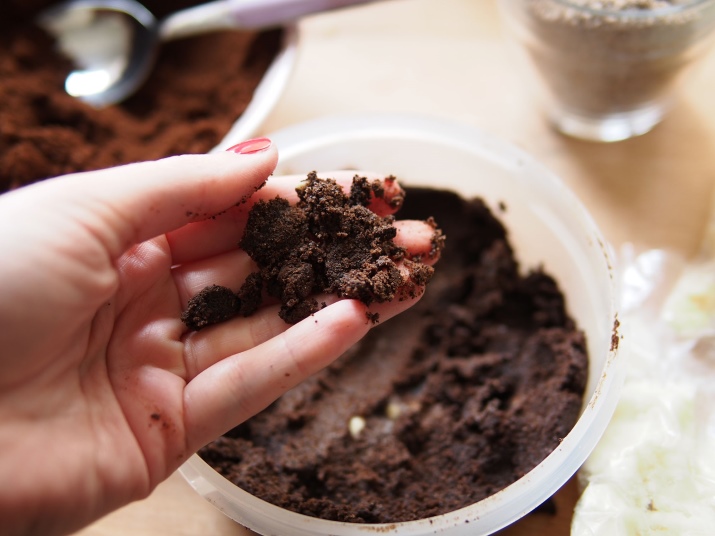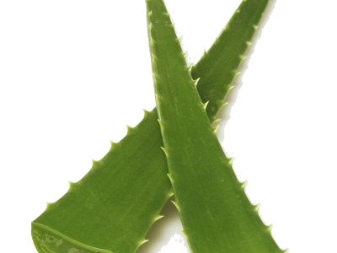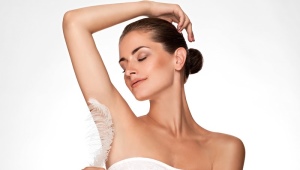Ingrown hair after epilation
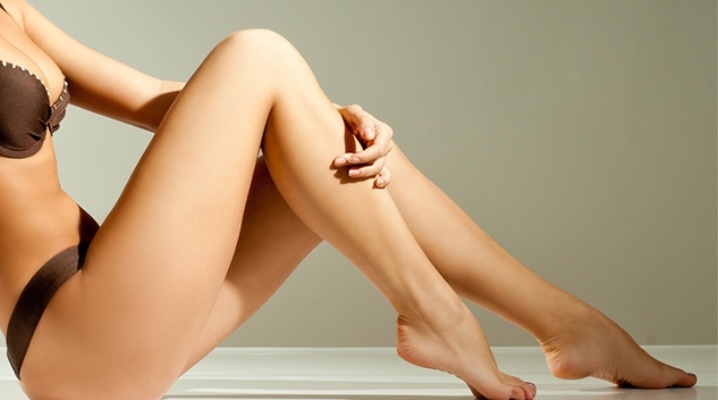
Epilation is a procedure that allows you not only to get rid of body hair for a long time (by destroying their roots), but slowing down their further growth. Those people who have once tried this procedure on themselves, note its apparent advantages - compared with depilation. However, sometimes ingrown hairs after epilation can cause significant discomfort.
Why grow up?
One of the most important disadvantages of hair removal is the increased hair ingrowth. - some time after its holding. There are many reasons that contribute to their appearance.
Genetic causes imply a too dense layer of the epidermis, through which a hair that is weakened after the procedure cannot penetrate. Because of this, it begins to grow under the upper layer of the epidermis, and not above it. Another reason from this category is a sharp change in hormonal levels. This usually occurs when treating hormonal drugs, as well as in the first half of the menstrual cycle.
The second category of causes is mechanical. Among them are:
- Serious damage to the hair channels. This is due to improper removal of hair - against their growth. Epilation must be carried out in the direction of vegetation growth.
- Excessive passion for scrubs leads to a natural thickening of the upper layer of the skin, through which in the future the hairs will be very difficult to break through. This is especially true for those who regularly remove facial hair.
- Injuries on the surface of the epidermis are the cause of scarring of the hair tubule, which leads to hair ingrowth.
- Growing hair appear after shaving when a machine with a blunt blade was used (or shaving was performed in the wrong direction).
- Strong influence on the appearance of this trouble (especially in the bikini area) choice of clothes. Too narrow underwear and leggings interfere with blood flow, overtighten the hair channels, and the result is ingrown hairs.
The ingrown vegetation on the legs and in the bikini area causes a lot of inconvenience.
Such hairs spoil the appearance, cause itching, and sometimes burning. It should be understood that this problem may appear even in your case when you perform the most expensive laser hair removal in the luxury salon. The same applies to the removal of vegetation by the epilator at home.
Some of the fair sex often ignore the appearance of this problem, because they do not understand how it is dangerous.
What is dangerous ingrown hair?
Vegetation on the body, which cannot break through the upper layer of the epidermis to the outside, is dangerous because:
- There is a focus of inflammation, in which pus appears.
- Few ingrown hairs next to each other can be combined into one common focus of inflammation.
- In severe cases not only pain, itching, but also temperature rises.
- In case of delayed treatment on the place of pustules, scars and scars can be formed, which can be removed only by surgery.
Such at first glance absolutely harmless ingrown hairs can cause serious and dangerous health consequences - in the event that the treatment is rendered out of time or not provided at all.
In advanced cases, only an experienced dermatologist will be able to cope with this problem. A specialist will not only eliminate this inflammation, but also eliminate its consequences.
Do not forget about such consequences as increasing itching, burning and deteriorating every day the appearance of the skin. Therefore, at the very first stages of ingrown hairs, it is very important not only to eliminate them, but to continue to try to prevent their reappearance.
How to get rid?
Immediately it should be said that there is no universal way to get rid of ingrown vegetation that would suit everyone and in any case. You can cope with this problem, but it will take quite a lot of time and patience. The struggle is not only to eliminate already ingrown hairs, but also to prevent their reappearance. And all the options are divided into two types:
- Self getting rid of ingrown hairs at home.
- Visit specialist.
If you decide to use the first option, then first you have to stock up with everything you need.
It will take hot water, and even better - decoction of calendula or chamomile. You will need to prepare an antiseptic, a towel, a sterile needle and tweezers, alcohol, antibacterial wipes and patience. On a problem area of the skin, it is necessary to put a towel moistened with hot liquid for 2-4 minutes. Then the skin is wiped with an antiseptic, and the hairs gently pry with a needle and pulled out with tweezers. After the procedure, the epidermis is rubbed with alcohol.
If there is no pustular inflammation at the site of ingrowth, then before the procedure can be properly proscrabate the body. In some cases, ingrown hairs disappear on their own. To do this, you must abandon hair removal and depilation for several days, and a day later use a soft peeling.
You can deal with this problem with pharmacy tools. Which ones are more effective will be explained below. The specific tool in any case should be selected by a specialist.
When visiting a specialist, the problem can be solved in two ways: manual removal of ingrown hairs or chemical peeling. The specific choice of means will directly depend on the condition of the skin and how much hair has had time to grow.
What to do to not grow?
As in any other cases, it is much easier to prevent the problem than to deal with it later. There are some simple general rules that will help avoid ingrown hairs:
- Before performing the procedures to remove excess vegetation from the body, it is recommended to take a hot bath or shower, and also use a scrub or hard peeling. This will help soften the epidermis and release the hairs on its surface.
- Bye on skin there will be reddening (especially in the bikini area), it is not recommended to visit tanning beds, swim in open water bodies, and also avoid sexual contact for the first three days after the procedure.
- Epidermis in the most sensitive areas It is recommended to treat Chlorhexidine once a day. This will allow easy and painless exfoliation of dead cells and partially replace chemical peels.
- Experts do not advise wear synthetic, too tight clothes (especially underwear) for the first three days after removing excess vegetation.
These are general recommendations, the observance of which will allow to avoid such troubles as the appearance of ingrown hair.
But for each type of hair removal, there are also their own tips. Prevention of ingrown hairs with their help will be simple and easy.
How to epilate?
Before the procedure of hair removal is recommended to take a hot bath and make a light peeling. To carry out any hair removal is necessary only for hair growth. Otherwise, further hair ingrowth will be very difficult to avoid. After vegetation removal, it is recommended to perform a light peeling. This is necessary to remove residual wax or other products from the surface of the skin.
After the procedure, it is necessary to soften and moisturize the skin with a nourishing or moisturizing gel or cream.
It is best to use cosmetics, which do not include natural base or essential oils. In the future, the scrub should be used no more than two times in 10 days. Owners of sensitive skin should carry out this procedure as little as possible - so that the skin has time to recover.
If these simple tips do not help to cope with the problem, growing hairs appear regularly, then you should consult with a specialist (about changing the type of epilation).
How to shave?
If you prefer depilation (for example, using a razor or a special cream), then you need to remember the following nuances:
- Take time for depilation is necessary taking into account its skin type, as well as taking into account the recommendations of the manufacturer.
- Must be strictly followed for the time spent on the skin. Even if after this period the result does not satisfy you by 100%, you should not increase the exposure time yourself.
- Rinse off residues means from the skin should only be clean and cool water, without any detergents.
- Should always be used special cream after depilation. It will help soften and moisturize the epidermis. It is advisable to purchase this product from the same series as the depilatory cream itself.
Those who prefer to use a razor can recommend the following:
- Try every time Use only new shaving cassettes. If they were already in use, it is recommended to disinfect them before depilation.
- Be sure to use gels or shaving foam. This will soften the skin and facilitate the shaving process.
- Movements - in the direction of hair growth.
- Not worth it too much skin and pressure on the machine itself. The quality of shaving does not improve, but the risk of injury in this case seriously increases.
- Directly It is recommended to take a cool shower with a scrub before shaving. Hot water in this case is not very suitable. It can steam out the skin too much, and further hair removal by the machine will be uneven.
- After the procedure Depilation must be thoroughly rinsed with warm water, wiped dry and lubricated with any means intended for after-shaving skin care.
- During the first day Do not wear too much synthetic clothing.
- Use scrub After such depilation is better every three days.
To significantly enhance the performance, you can use special tools that are designed to combat ingrown hairs.
Best tools
Not only get rid of already existing ingrown hairs, but also some special medications can help prevent their appearance. On the shelves of pharmacies and shops you can see products designed specifically to combat ingrown hairs: ointments, scrubs, peels and gels (for example, Ingrow Go).
This is a special lotion that not only helps to fight with ingrown hair, but also actively relieves irritation after epilation or depilation. This tool is applied to the necessary areas twice a day, in small quantities and using a cotton pad. As practice shows, two or three days is usually quite enough to completely eliminate irritation and ingrown vegetation.
It is not necessary to spend money on these expensive drugs, it is quite possible to do with their cheaper (but no less effective) counterparts.
For example, ichthyol ointment, the well-known "Levomekol" can not only relieve irritation. They actively help the skin to recover from the vegetation removal procedure, quickly heal abrasions, cuts, and also have a good antimicrobial and antibacterial effect.
A similar range of effects is different and hydrocortisone ointment.. Such drugs as “Tretinoin”, “Kalo” spray and “Tend Skin” have proven themselves well. Using such tools (focusing on the instructions), you can not only get rid of this problem, but also improve your skin condition.
Received good reviews and cream containing eflornithine hydrochloride 13%. It soothes the skin, restores its surface, and when used for longer than 30 days, prevents the appearance of growing hair.
Salicylic acid spray can act as a chemical peel, safe for skin. It exfoliates dead skin particles from the surface of the epidermis, and still softens its upper layer. It helps the hair to break through to the surface, and pustules heal.
Natural jojoba oil or tea tree essential oil effectively help in dealing with this nuisance. They soften the epidermis, relieve inflammation and help to eliminate even very strongly hairs ingrown into the skin.
Scrubs and peelings play a very important role in the fight against ingrown hairs and preventing their appearance. These tools help to lift the hairs above the skin, exfoliate dead cells, and most importantly, slightly reduce the thickness of the upper layer of the epidermis. You can use any store body scrub, but scrubs made at home from improvised means are considered the most effective and useful.
Scrub from ground coffee is considered the easiest and most effective.
It consists only of the ground sleeping freshly brewed coffee. Peeling with its use can be carried out both before and after depilation, and after them.
Scrub, made on the basis of sea salt, has not only a good exfoliating effect. It also has antibacterial properties. For its preparation use a glass of sea salt and a third glass of any base natural oil - for example, olive or flax. The mixture is used as a regular body scrub.
Folk remedies against ingrown hair
Traditional medicine also could not ignore this problem. To combat ingrown hairs, you can resort to the following tips:
- Use aloe leaves. The day before using this part of the plant must be removed in the refrigerator. Before use - finely chop or squeeze one juice. The resulting mask is applied in the form of compresses on the problem areas - for 15-45 minutes, twice a day.
- Baked Onion small size is necessary to cut in half and cut with a slice to the problem area of the skin. The dressing should either be refreshed every 5 hours, or left if possible for the whole night.
- Excellent disinfecting, restoring ointment, helping to fight ingrown hairs, is prepared from equal parts of fresh chopped onions and liquid honey. This ointment is applied to the skin three times a day.
These simple recipes will help get rid of ingrown hair, if you use them regularly.
Reviews
Usually reviews about means of dealing with ingrown hairs are positive, but everything will turn out only if the above methods will be used in conjunction with each other. Women say that one by one, many recipes are either ineffective or ineffective.
Judging by the numerous reviews, if you follow the tips for hair removal and depilation, as well as use recipes to prevent ingrown hair, all the necessary procedures can be carried out at the highest level.
You will learn more about what to do with ingrown hairs after epilation in the following video.
